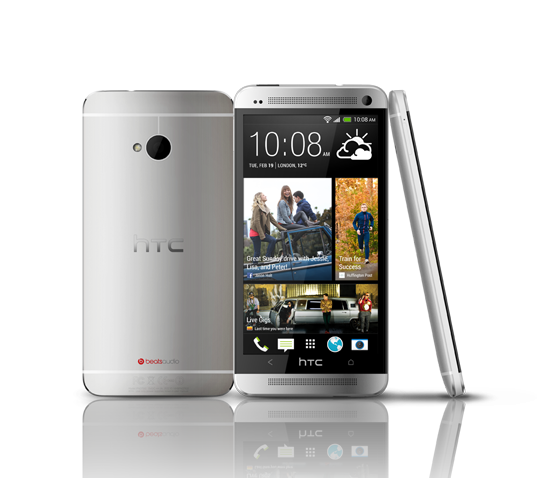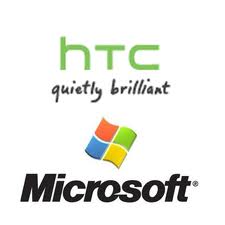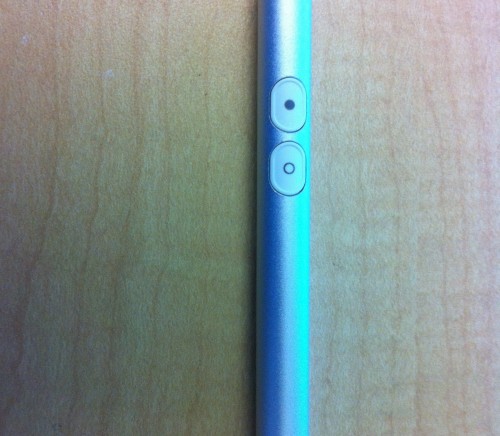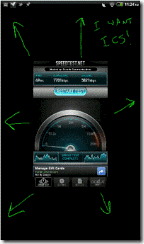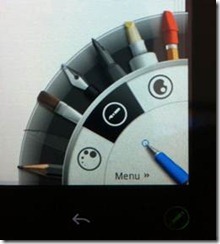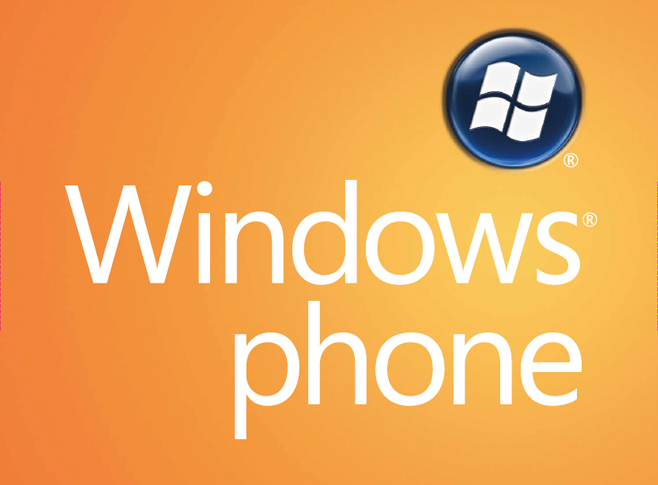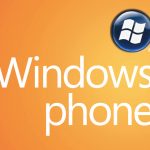The initial title of this article was going to be “How HTC can compete with Samsung.” Then I decided to branch it out and make a point that is relevant for HTC but also for all Android handset vendors looking to compete with Samsung.
The public learned this week that HTC is losing key personnel at a rapid rate. Through friends of mine that worked there ((They no longer work there)), I had a sense this was coming for a while. For the past few years I have been watching the numbers of all the handset vendors and HTC was one that concerned me the most given the trends.
Unlike many other Android handset competitors, HTC only has one business, selling smartphones. Samsung, LG, Motorola etc., all have many other businesses to help them deal with growth or declines in other areas. Chinese competitors are simply focused on the low-end for the time being, but HTC is geared to play in the mid to high-end arena. Which is close to no mans land when employing HTC’s current strategy.
That is why in 2010, I wrote an article stating why I felt Microsoft should buy HTC. ((I still feel this is a good idea and likely)) I had concluded at that time HTC was in trouble. If I was them, or any other mainstream Android OEM looking to make a dent in Samsung’s 95% of the Android profit pool ((It is impossible for Android handset makers to survive competing for only 5% of the profit pool)) this is what I would do. [pullquote]deeply embed every one of their core services as if they literally own you[/pullquote]
I would surrender to Google. Stop trying to differentiate through software or UI value ad-ons and just simply make extremely elegant and innovative hardware, running the latest and greatest stock Android OS. Be vigilant about Android upgrades making sure your devices are always up to date in every area. Work closely with Google to deeply embed every one of their core services as if they literally own you. Focus on making great, elegant, affordable hardware and let Google take care of the rest. This way you can get a portion of the ad-revenues, and other service revenue sharing Google offers, and you have built your device and integrated Google’s services in a way to maximize Google’s revenue potential and yours. Be a Nexus device, without officially being a Nexus device.
This logic is absolutely counter to a market where one needs to stand out through differentiated software experiences. The problem is only Android competitor has successfully done this. I have championed against the Android sea of sameness and now I recommend pursuing it aggressively. People like HTC devices. Carriers like HTC devices. ((With a few exceptions of course, like the First)) As Avi pointed out on Monday, other than the iPhone, HTC devices hold their value longer, this is good for carriers. HTC makes great hardware and can still do well by focusing on great design and unique hardware innovations. They simply need to let go of the software and work closely with Google to ship the latest and great stock Android on their devices.
This is a template that could work for HTC but could also work for others. The bottom line is the current strategy being employed by Samsung’s Android competitors is not working. Stock Android is very good and arguably always the best Android experience ((As much as I applaud and appreciate the attempts to differentiate Android, I prefer stock Android every time)). If needed there is room to add some better apps, like a better exchange email app for example, but don’t change the interface and leave the rest to Google.

